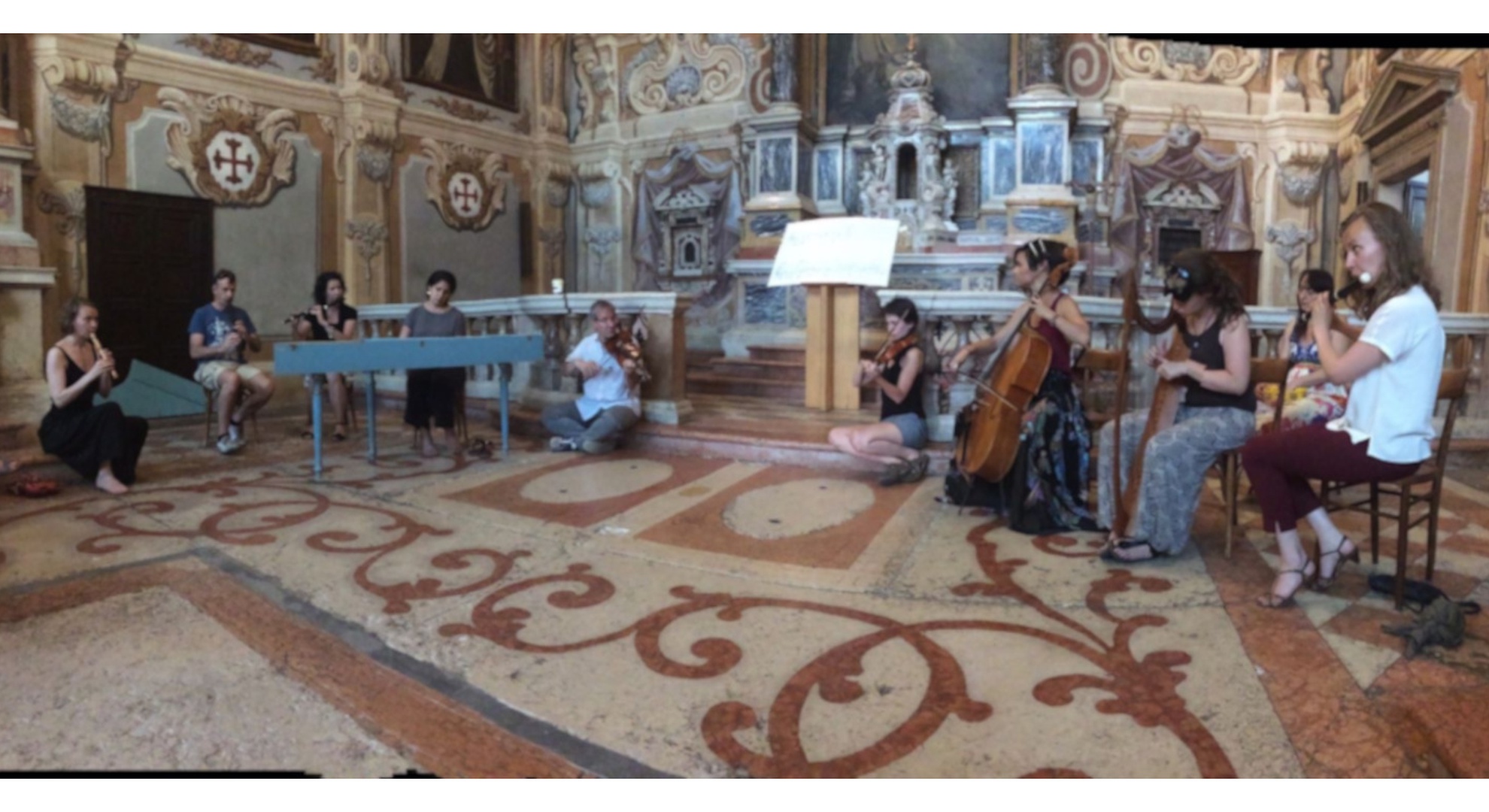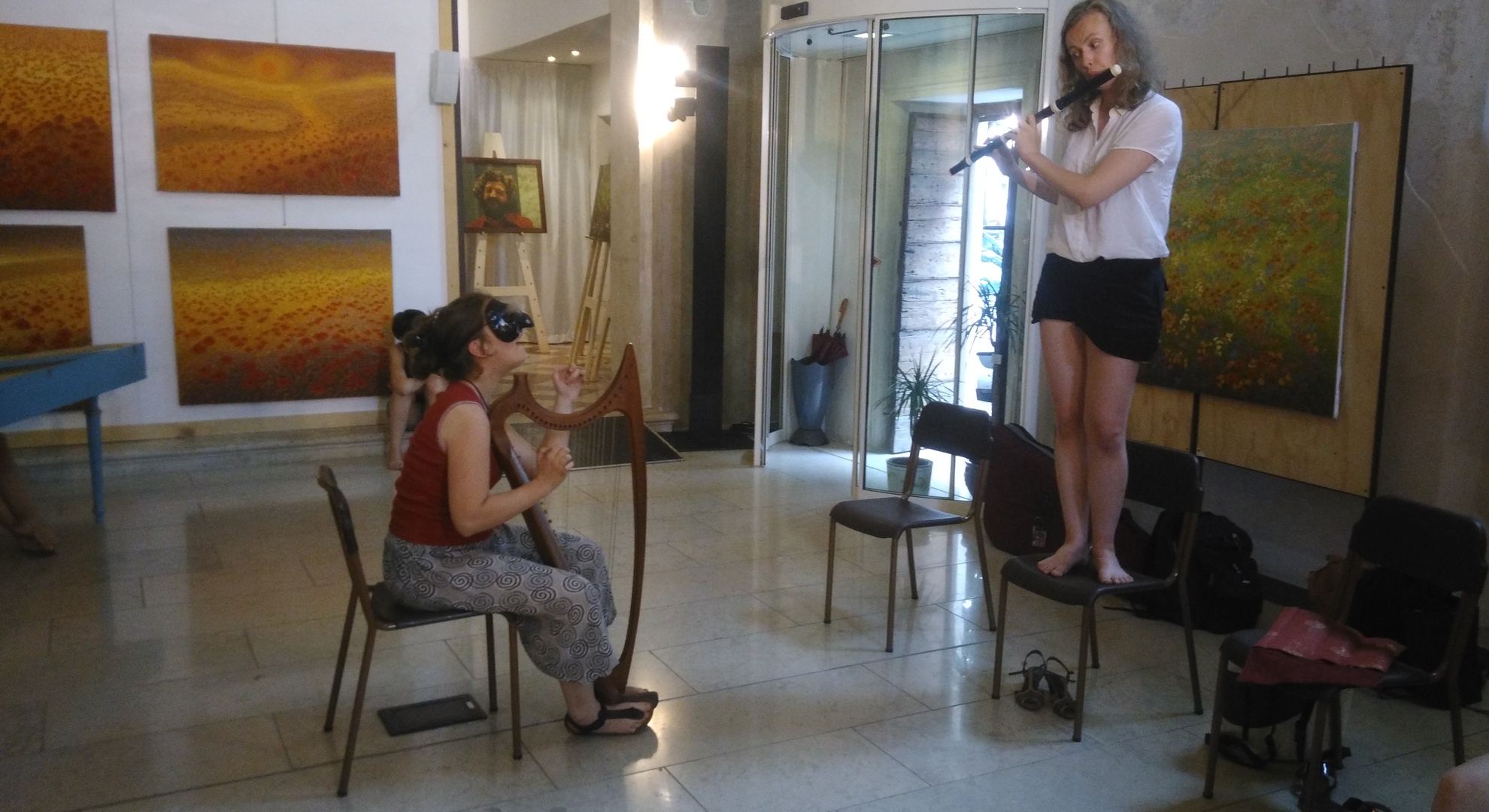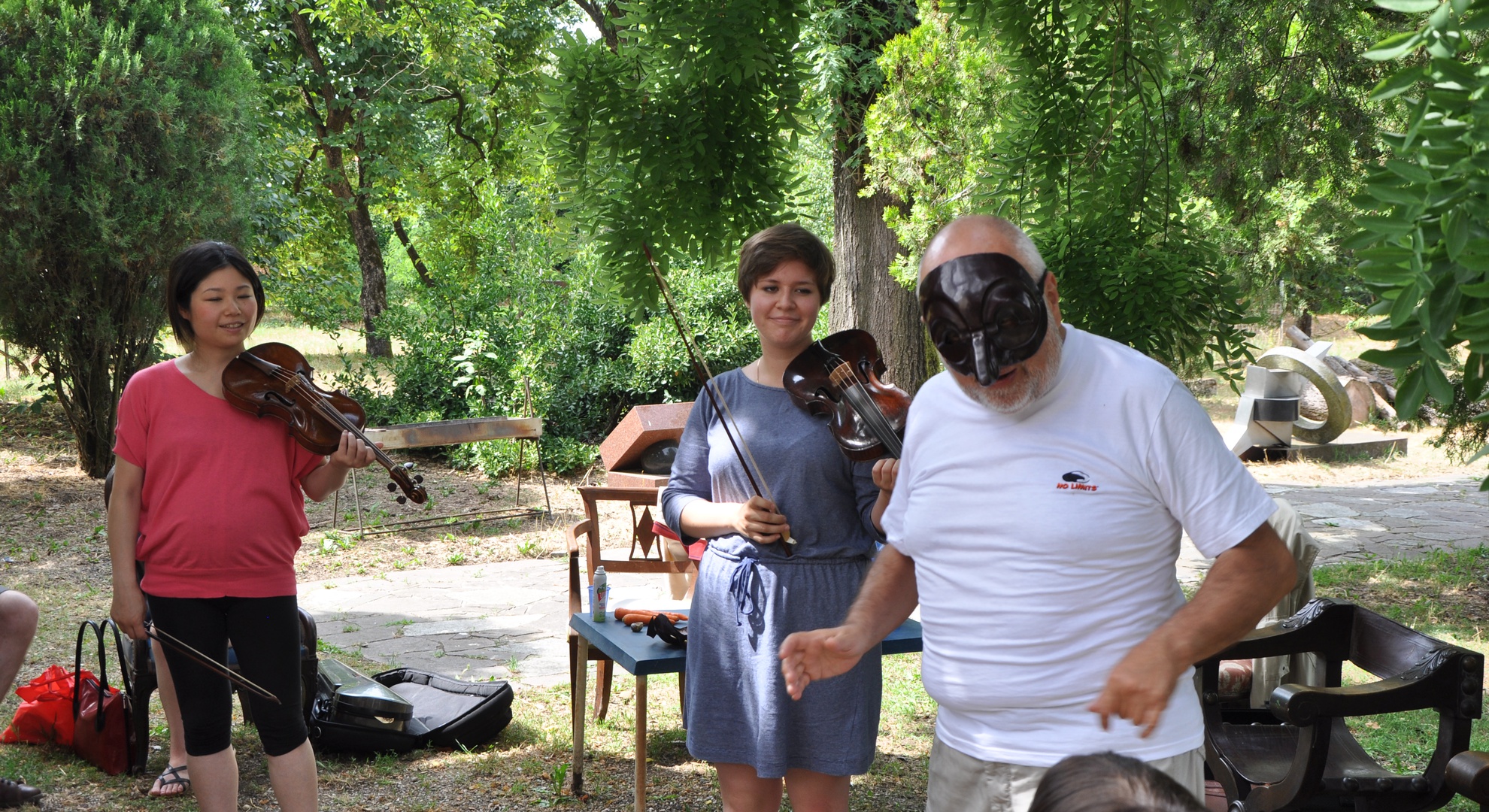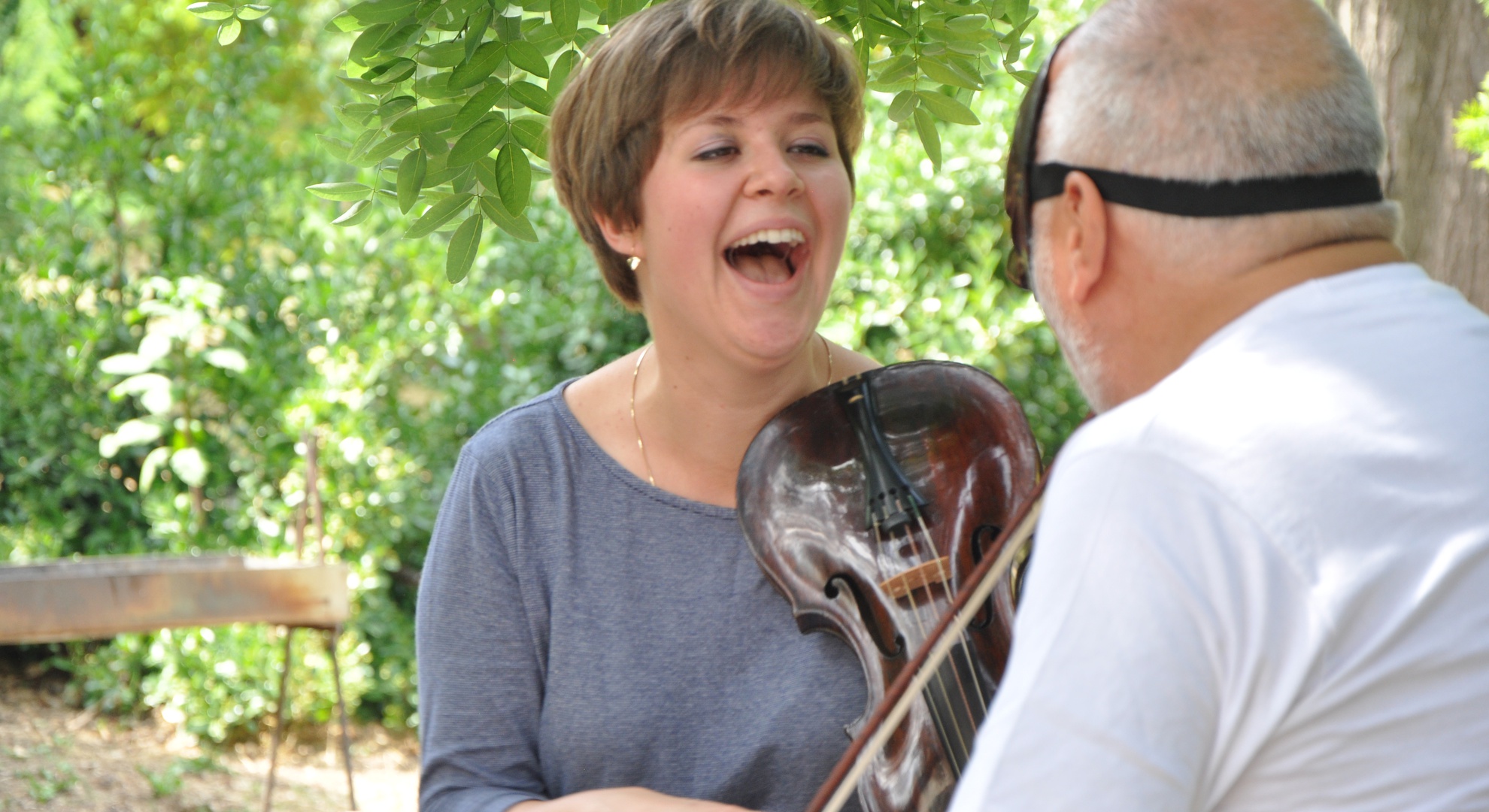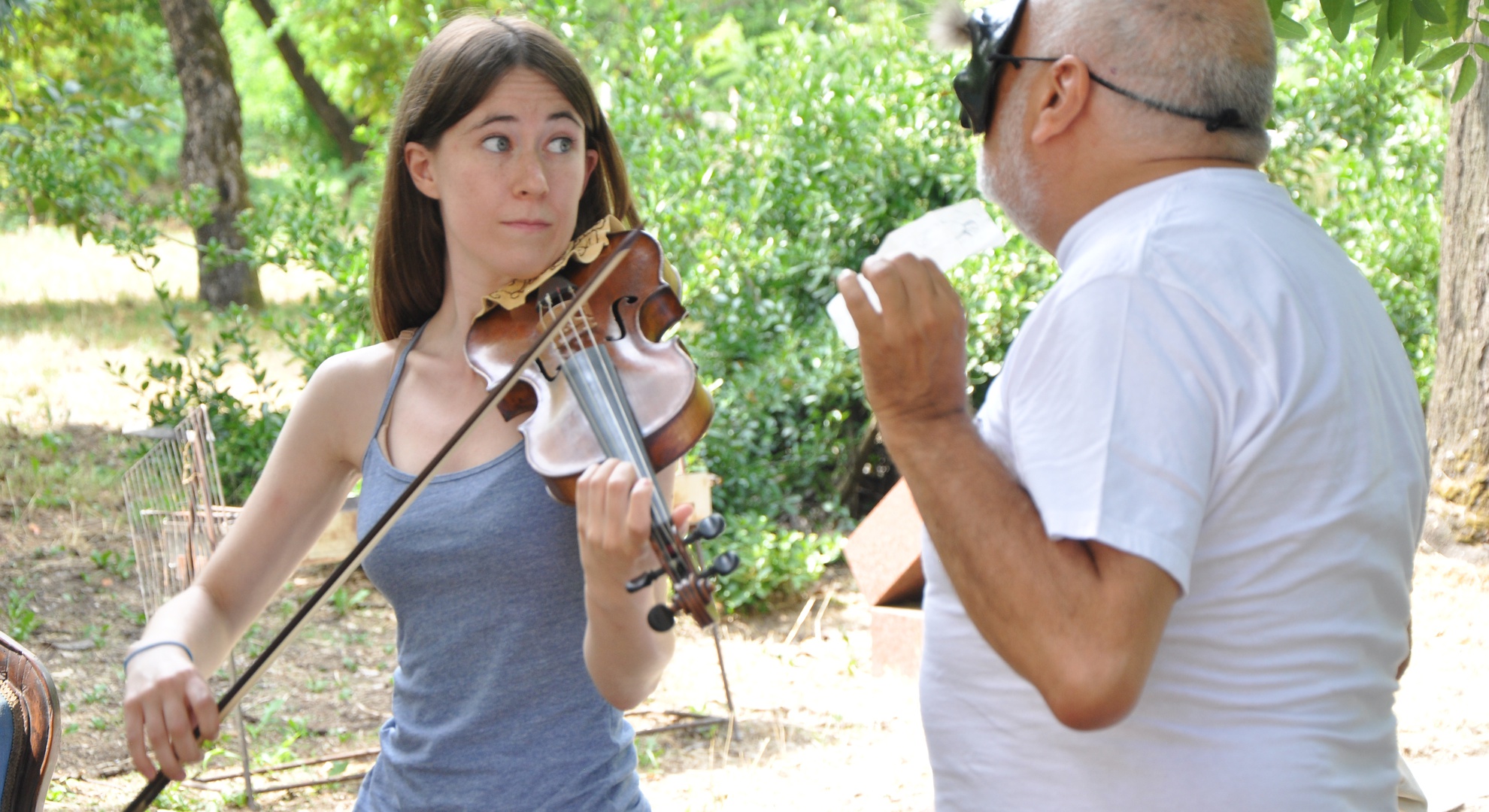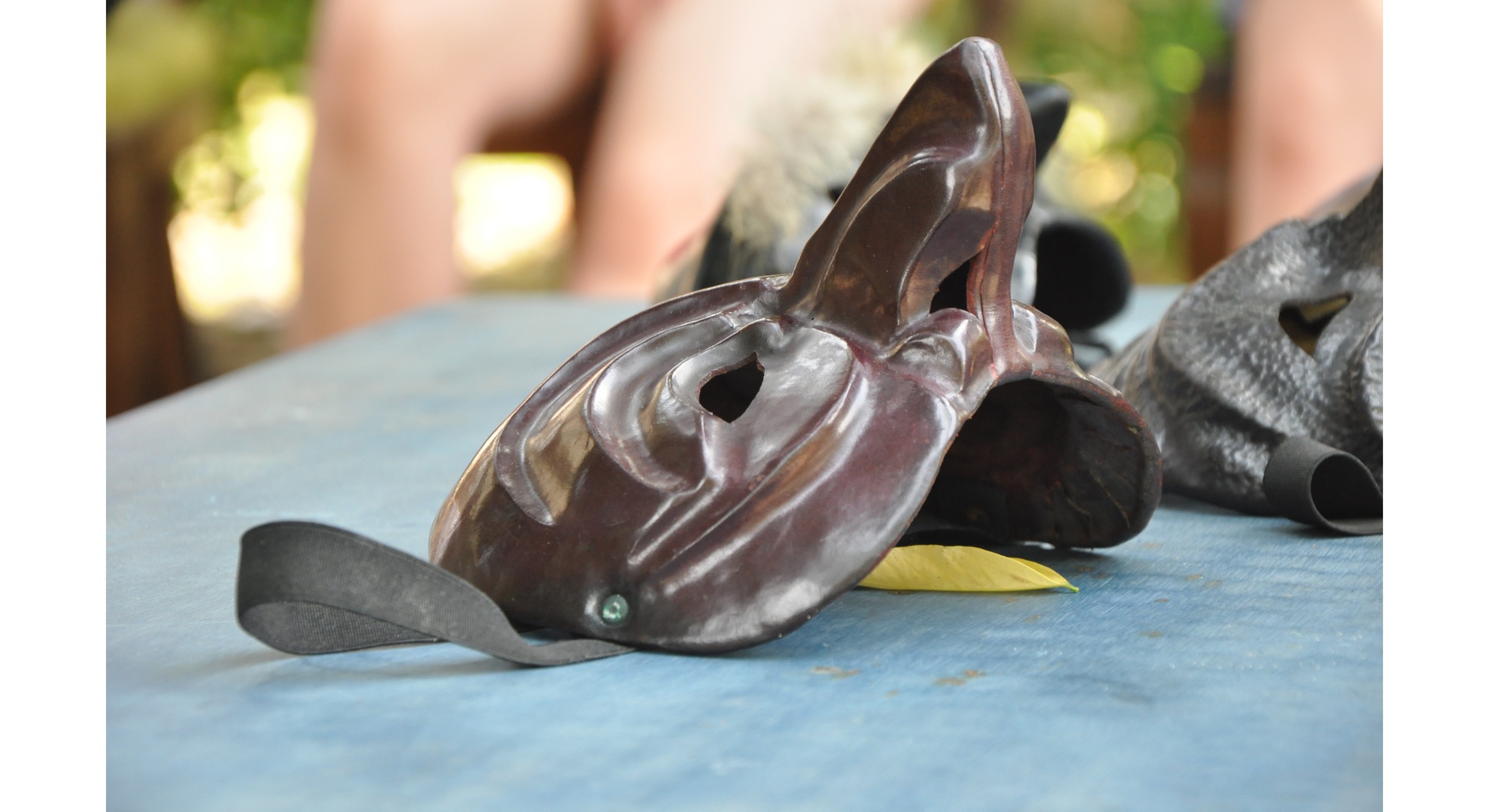Why improvise?
A deep journey
A musical work can be expressed and documented for prosperity in many ways. It can be written down using a musical notation, or described in words, or explained with performance guidelines, or listened to as a live performance or recording, or finally it can be learned, discussed and played in the composer’s presence. Today, when studying Western music, a musical score often becomes the main source used to study compositional processes throughout history, especially for music created before sound recordings were possible.
However, many essential aspects of the composer’s intentions for a musical work were not, and are still not, necessarily notated in scores. These unwritten aspects, can include transformations and permutations of rhythm, melody, harmony, tempo, articulation, dynamics, and instrumentation choices. This also includes extra-musical aspects like the geohistorical-social context, the meaning of expressive codes, performance gesture and the performing space. These elements were inherently known by the performers of the time, thus part of their cultural history, which is referred to today as Informed Practices (IP). On the other hand, any musical notation, no matter how detailed it strives to be, can be, and should be, interpreted differently by each performer and execution. No matter how clear rhythm, melody, harmony, and tempo are notated, even when the composer has the best intentions to describe the final soundscape as clearly as possible for the listener and the performer, each performance of the same piece will be different.
As performers, we think it is essential to strive to understand the compositional processes as well as we can. Actually, the aim of the musician, like the Classical orator, is to teach, to move the heart and to delight (docere, movere, delectare). The theory and practice of rhetoric by the Classical Roman rhetoricians and educators like Cicero and Quintilian can be used as a helpful model in understanding and creating a convincing artistic creation. The five theoretical canons of organising a public speech (Ars Oratoria) emulate the act of creating a musical work from the first thought, idea, emotion (Inventio), to organising the material (Dispositio), to choose specific expressive strategies to represent rhetorical Affects (Elocutio), to memorise in order to reproduce the work, also embracing one’s cultural background (Memoria), and finally the performance of the work (Actio).
Even if the two careers were once united, throughout history the composer has gradually dedicated him- or herself more to the three first canons of the rhetorical process (Inventio, Dispositio and Elocutio), while the performer has dedicated him- and herself to final two (Memoria and Actio). Improvising music is one way to become masters, to become responsible, for the complete creative process. The performer experiences the compositional act from start to finish and is involved in musicking, the act of making music. This can only help to communicate other people’s music in a more attentive, informed and convincing way.
When improvising, each stage of Quintilian’s rhetorical model can be altered, transformed or varied. What to alter or transform, where and how to do this, is all based on the why: what are we trying to express? And then, how can we express it in a beautiful and efficient way? Improvising wants to offer a balanced process founded upon the close relation between content that expresses and the chosen form to express it.
Maria Christina Cleary


